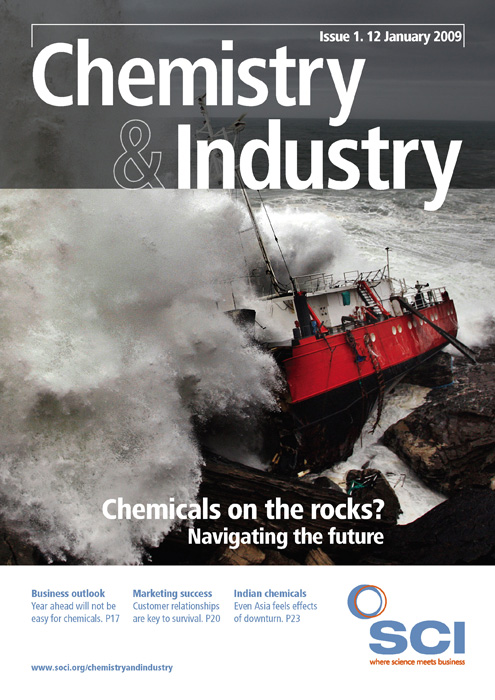Software developers and medicinal chemists have joined forces to develop what they believe will be the world’s most powerful programme for retrosynthetic analysis, to help chemists find the best route to make compounds more quickly, easily and cheaply.
The new programme, codeveloped by researchers at AstraZeneca and at Germany-based software company InfoChem, will tap into the reactions included in InfoChem’s SPRESI database, the third-largest chemical database after Chemical Abstracts and Beilstein.
Set to be available for licensing from 2010, the programme will be the largest database applied to retrosynthetic analysis and represents a ‘step change’ in the type of restrosynthetic analysis tools previously at chemists’ disposal, according to Tobias Rein, principal scientist at AstraZeneca where process development chemists have been using the new programme. While it will not replace chemists, he adds that the programme will lead to the rapid identification of a large number of routes that individual chemists are unlikely to have thought of.
‘It would be impossible for one chemist to know all of the data we can use as the knowledge base, especially some of the more unusual transformations and rearrangements [available in the SPRESI database],’ Rein says. ‘When fully developed we aim to apply it across all process development and medicinal chemistry areas as a tool for everyday analysis.’
In early stage projects at AstraZeneca, researchers claim the programme has helped them to reduce the time to devise synthetic routes from weeks using brainpower alone to hours. Although the cost savings have not yet been quantified, the programme’s developers claim they are certain to be significant. In addition, they say that the programme will help researchers to develop more efficient, environmentally friendly processes with fewer reaction steps and less ‘higher quality’ waste.
The main application at present will be to help chemists to select short one to three step alternative routes to make small organic molecules rather than to make elaborate natural product structures, says Peter Loew, managing director of InfoChem. He adds that it will be useful for everyday use by anyone engaged in the business of organic synthesis and not just pharmaceuticals. ‘We do not expect the tool to be a replacement for synthetic chemists, but as a complement,’ Rein says. ‘[By using it as] an ideas stimulator in parallel with chemists applying their ideas and experience we know one can make more extensive mapping of synthetic routes.’
According to Laurence Harwood, professor of organic chemistry at the University of Reading, UK: ‘For even quite simple molecules, there are just too many possibilities and too many permutations, such that any ab initio computer led approach to retrosynthetic analysis rapidly becomes either bogged down or produces too much data to be useful.’ While an increase in computer power alone is not the answer, he adds that the ‘stepchange’ claimed for this product, ‘could make it a valuable tool to assist organic chemists in planning synthetic strategies.’
Graeme Robertson, a software expert at Siena Biotech in Italy, comments that ‘a number of everyday desktop tools are now becoming available that will enhance [retrosynthesis] by allowing analysis (electronically) of a greater range of reaction conditions and reducing the time to put ideas into laboratory synthesis.’





